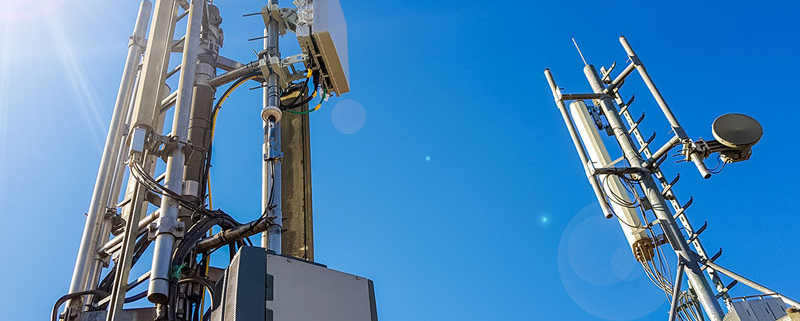The 5G Dilemma: More Base Stations, More Antennas—Less Energy?
A lurking threat behind the promise of 5G delivering up to 1,000 times as much data as today’s networks is that 5G could also consume up to 1,000 times as much energy. Concerns over energy efficiency are beginning to show up at conferences about 5G deployments, where methods for reducing energy consumption have become a hot topic.
The International Telecommunication Union (ITU) has published challenging, measurable requirements on the data rates, latency, and reliability that a network needs to satisfy to be called 5G. While the ITU has also aimed for greater energy efficiency, it hasn’t established any measurable goals for it.
Emil Björnson, an associate professor at Linköping University, in Sweden, has devoted a portion of his current research to addressing this issue. Despite the challenges, he remains optimistic. “This is a major problem, but I don’t think it will be a showstopper,” said Björnson.
Björnson says this despite concern about two elements expected to be fundamental parts of 5G networks: an increase in the number of small cellsand the rise of massive multiple-input multiple-output (MIMO) antennas.
In the case of small cells, the Small Cell Forum predicts that 5G small-cell deployments will overtake 4G small cells by 2024, with the total installed base of 5G or multimode small cells in 2025 to be 13.1 million, constituting more than one-third of the total small cells in use.
Björnson concedes that when you deploy more small cells, the total energy consumption of a network will grow. However, he notes that energy consumption in a small cell is much lower than in a conventional cell. But, many more small cells will be needed to cover an area. That makes it hard to predict how large their net energy consumption will be.



